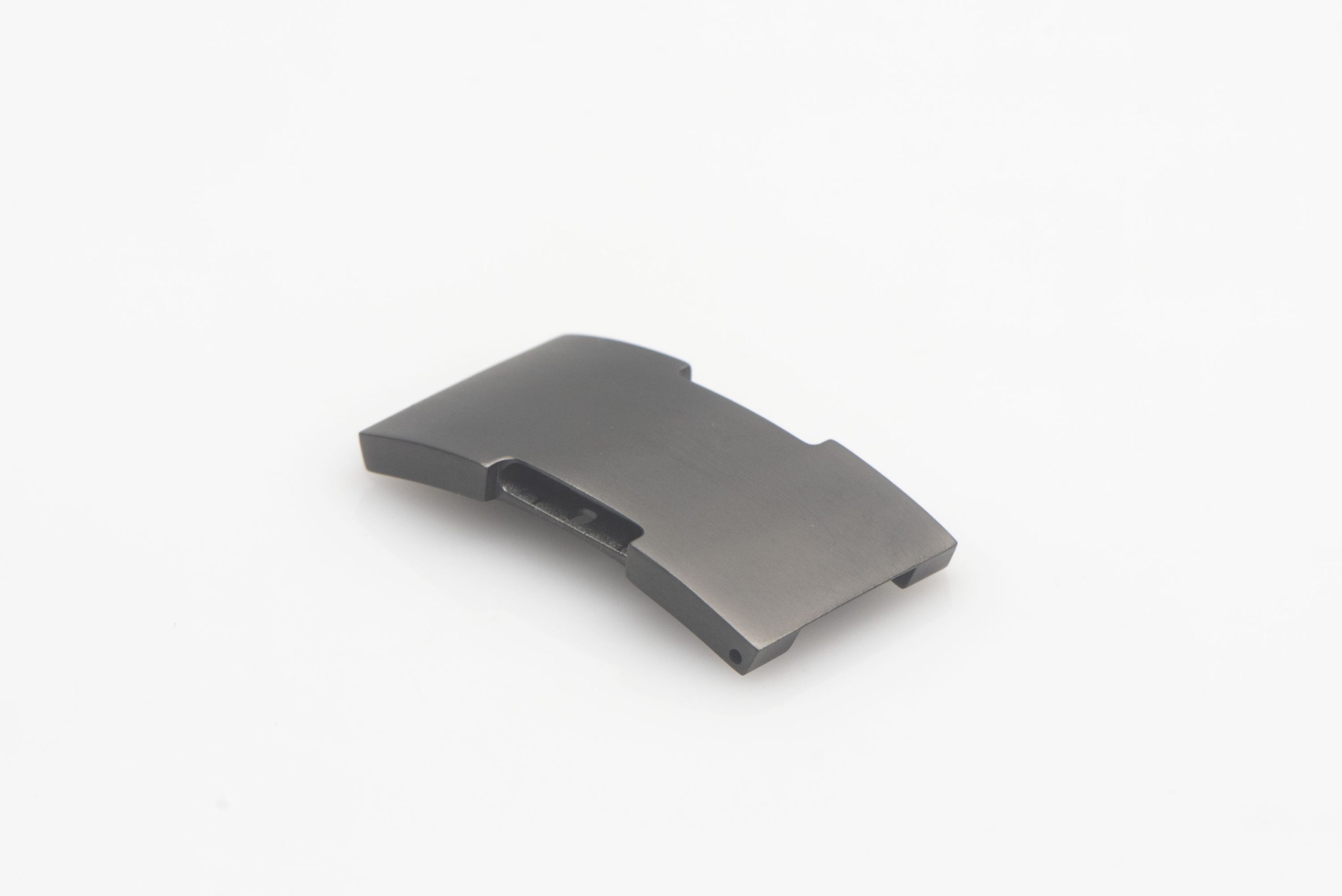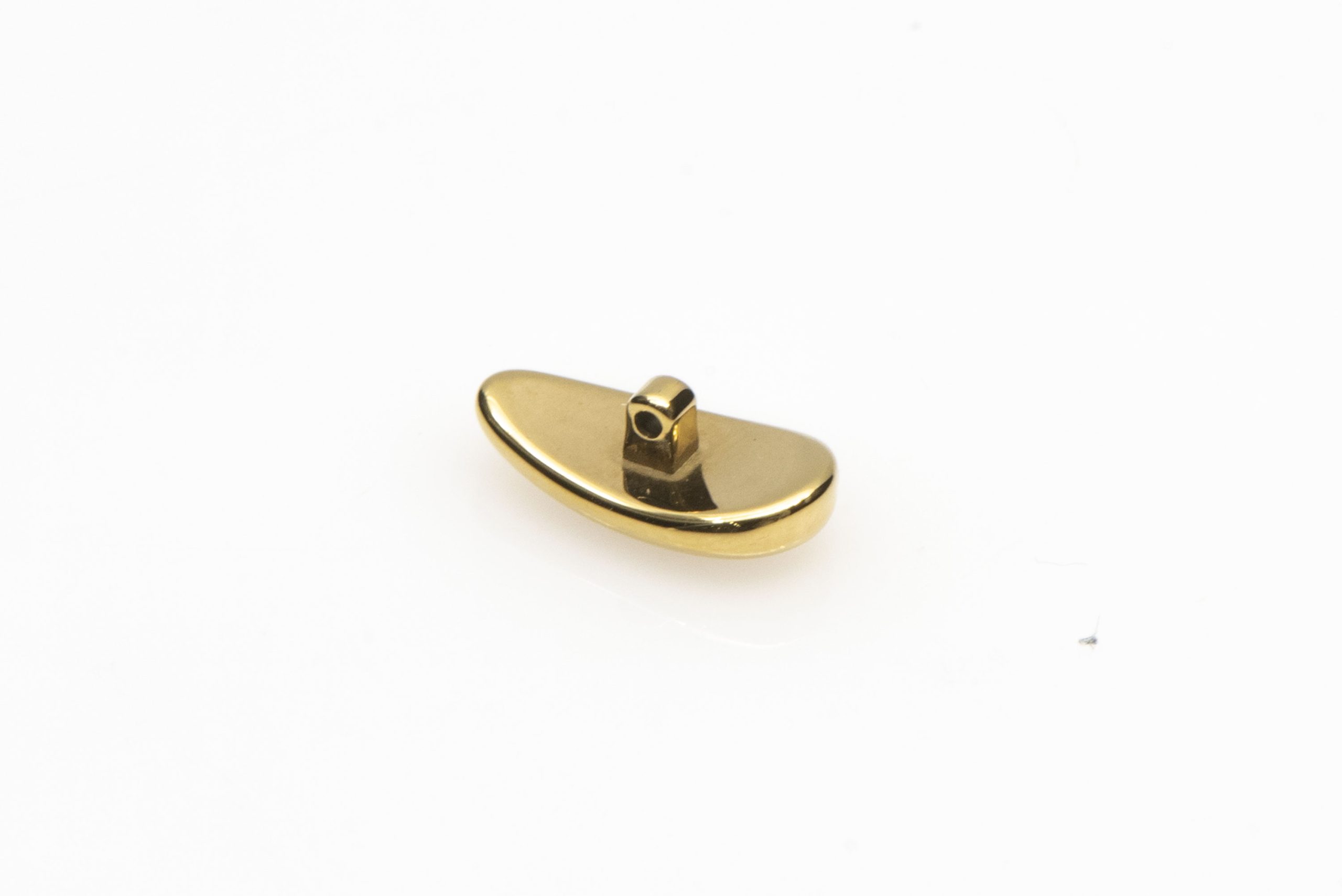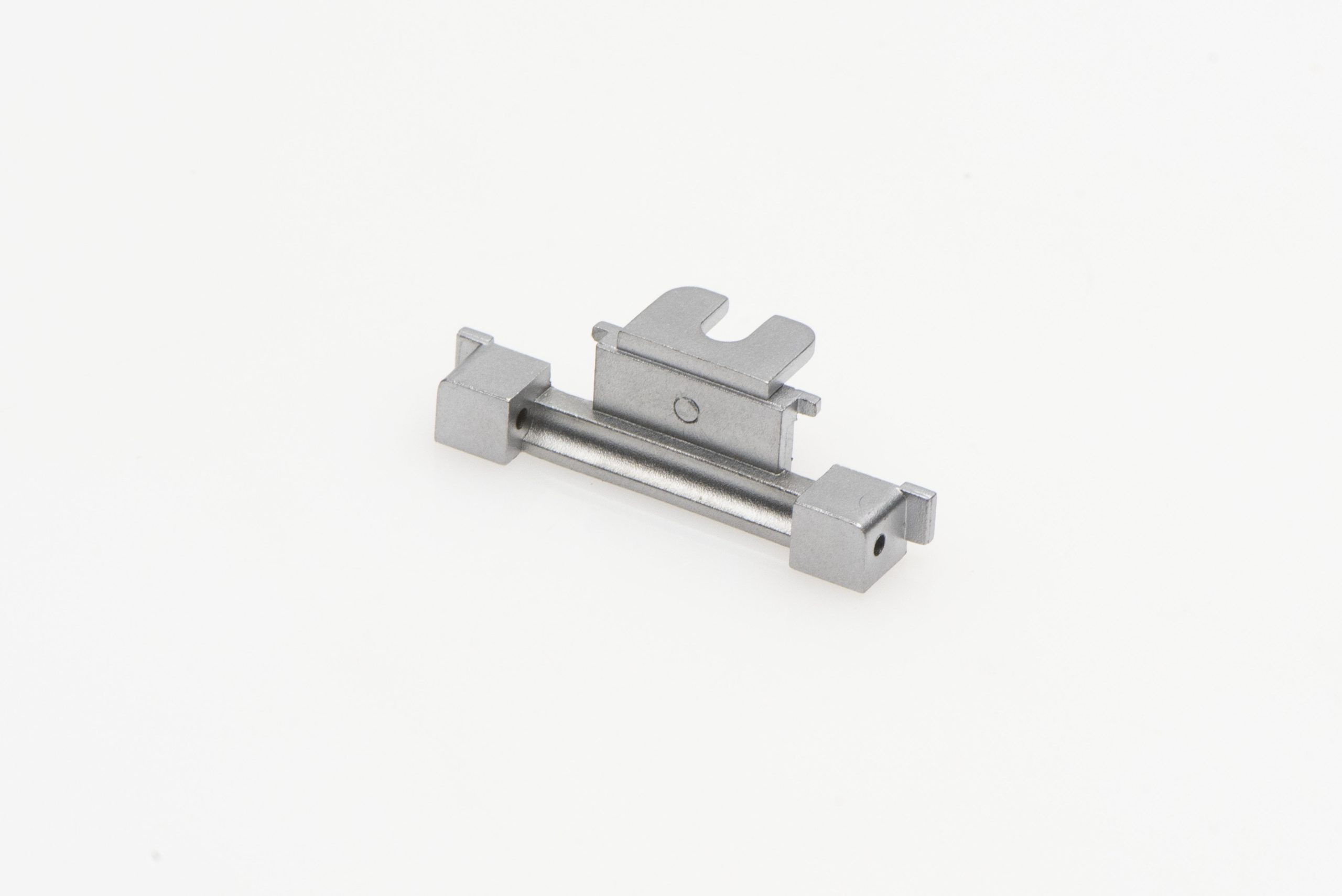In manufacturing,Powder Metallurgy Metal Injection Molding (MIM) is highly regarded for its ability to produce high-precision, complex metal parts. However, many are unaware that electroplating technology can further enhance these components with diverse surface effects—from decorative finishes to functional improvements, even overcoming material limitations.
So, what effects can electroplating achieve on MIM parts, and what are the technical keys behind them? This article unveils the answers.
1. Why Electroplate Powder Metallurgy Parts?
After sintering, MIM parts exhibit high density but still face challenges:
- Porosity: Microscopic pores may compromise corrosion resistance and aesthetics.
- Material Limitations: Stainless steel may lack wear resistance; iron-based parts are prone to oxidation.
- Functional Needs: Requirements like conductivity, EMI shielding, or specialized appearances.
Electroplating addresses these issues through surface coatings while adding value.
2. Types of Electroplating Effects for MIM Parts
1. Decorative Plating
- Effects: Mirror finishes, precious metal-like textures (e.g., gold, rose gold), multi-color coatings.
- Processes: Nickel plating, chrome plating, gold plating, silver plating.
- Applications:
- Smartwatch cases (gold/black plating for luxury appeal);
- High-end accessories (rhodium plating to prevent tarnishing).
2. Powder Metallurgy Functional Plating
- Wear Resistance: Hard chrome plating, electroless nickel plating (surface hardness >800 HV);
- Corrosion Protection: Zinc plating, tin plating (for automotive fasteners or outdoor equipment);
- Conductivity & EMI Shielding: Copper plating, silver plating (5G components or electronic connectors).
3. Powder Metallurgy Special Composite Coatings
- Self-Lubricating Layers: Embedded PTFE or graphite particles (e.g., micro-gears);
- High-Temperature Resistance: Nickel-phosphorus alloy plating (engine components);
- Biocompatible Coatings: Titanium or hydroxyapatite plating (medical implants).
3. Technical Challenges & Solutions in MIM Electroplating
Due to porosity and residual sintering stress, critical considerations include:
- Pre-Treatment Optimization:
- Ultrasonic cleaning + vacuum impregnation to remove contaminants from pores;
- Acid activation to improve coating adhesion.
- Coating Uniformity Control:
- Adjust current density and electrolyte flow to avoid edge “burning” or missed coverage.
- Pore Sealing Techniques:
- Pre-plating (e.g., copper/nickel strike) to fill micro-pores before functional plating.
4. Powder Metallurgy Future Trends: How Electroplating Empowers MIM parts
- Eco-Friendly Processes: Cyanide-free plating, water-based coatings replacing hexavalent chromium;
- Nanocomposite Coatings: Enhanced hardness/corrosion resistance (e.g., nano-diamond-doped nickel);
- Smart Plating: AI-driven monitoring of bath composition and thickness to reduce defects.
5. Powder Metallurgy Conclusion
Electroplating acts not only as a “cosmetic artist” for MIM parts but also as a “catalyst” for performance enhancement. From the sleek finishes of consumer electronics to extreme-environment protection in aerospace, electroplating and MIM are reshaping the boundaries of traditional metalworking.
Next time you hold a high-end metal gadget, remember: its dazzling surface might be the result of a high-tech dance between powder metallurgy and electroplating.
6. Electroplating product display effect
Powder Metallurgy Electroplating black

Powder Metallurgy Gold plating

Powder Metallurgy Silver plating

If you have any needs, feel free to contact us.
Visit our website:http://www.yibimetal.com
email: jack@yibitech.com
